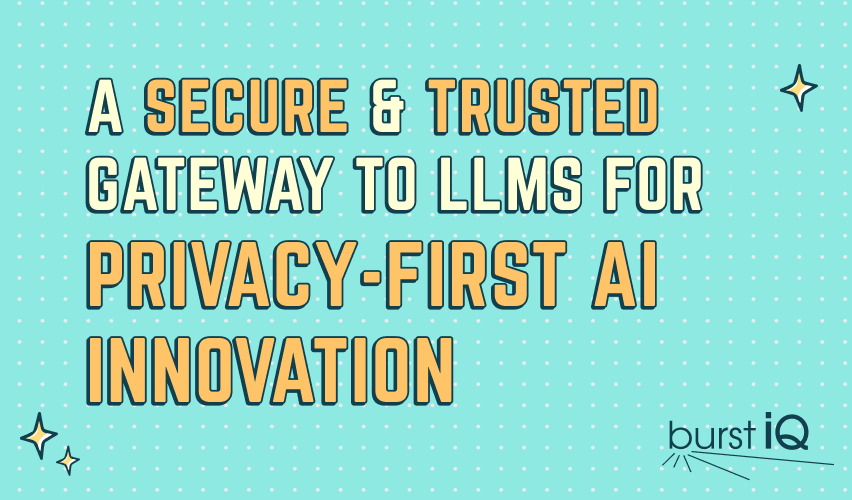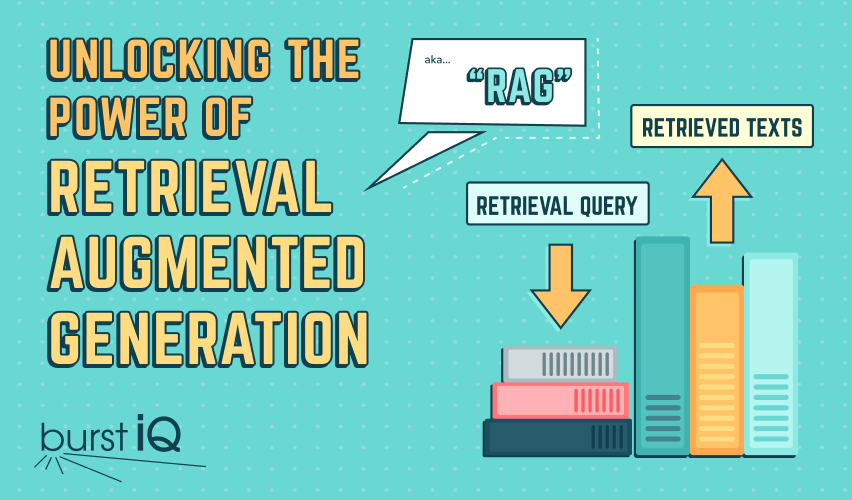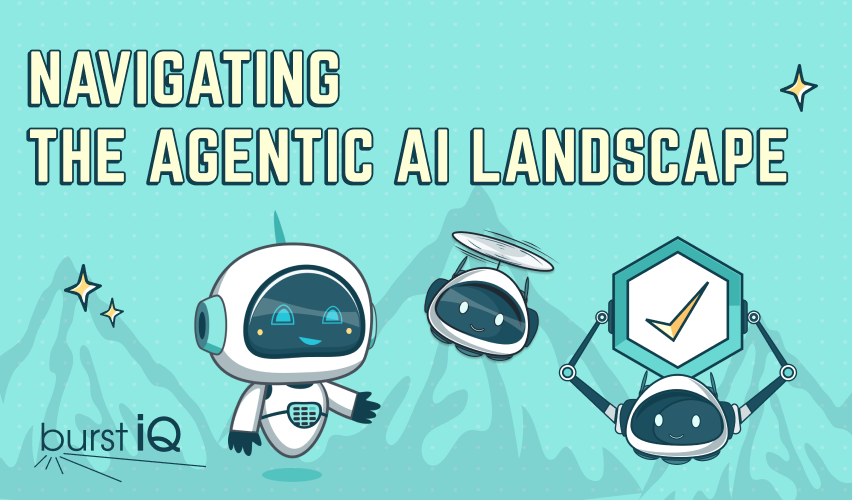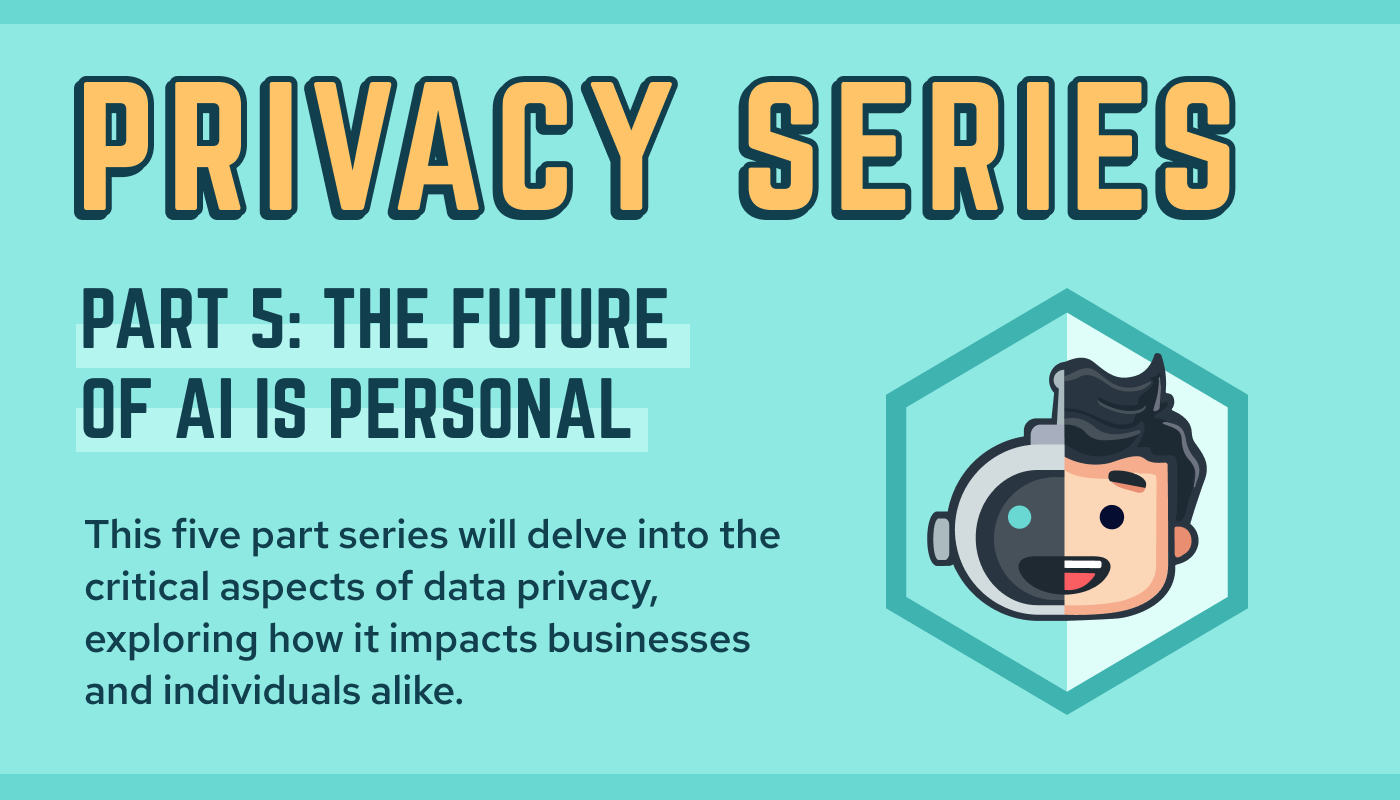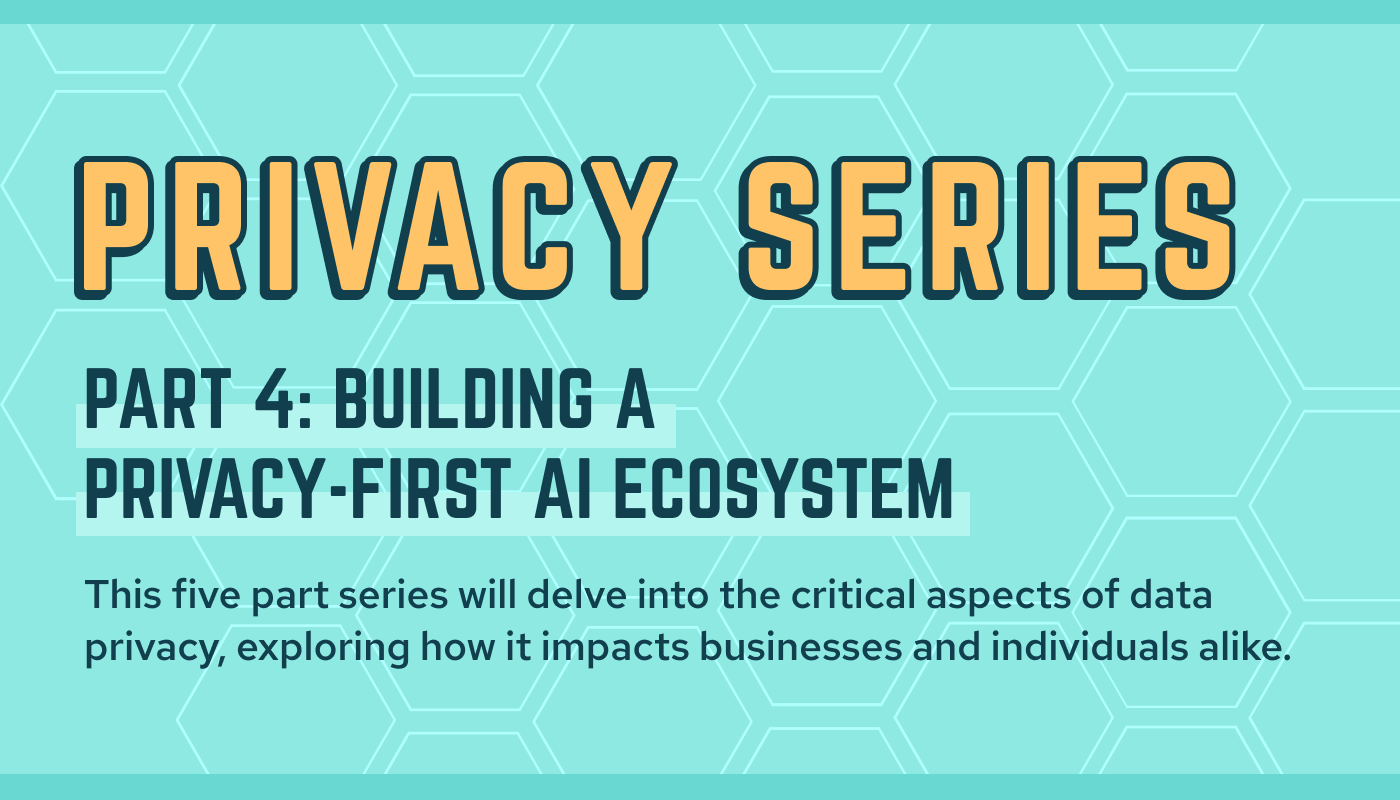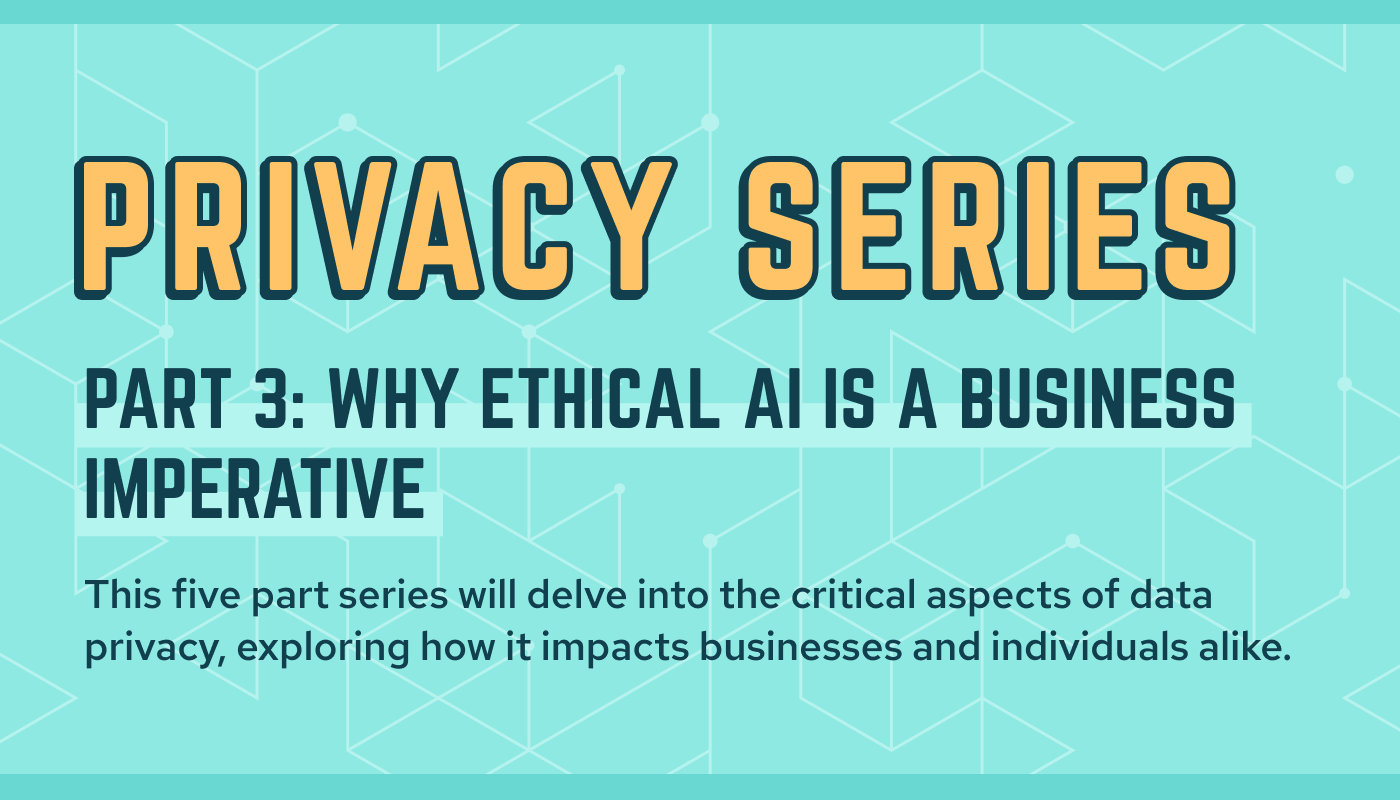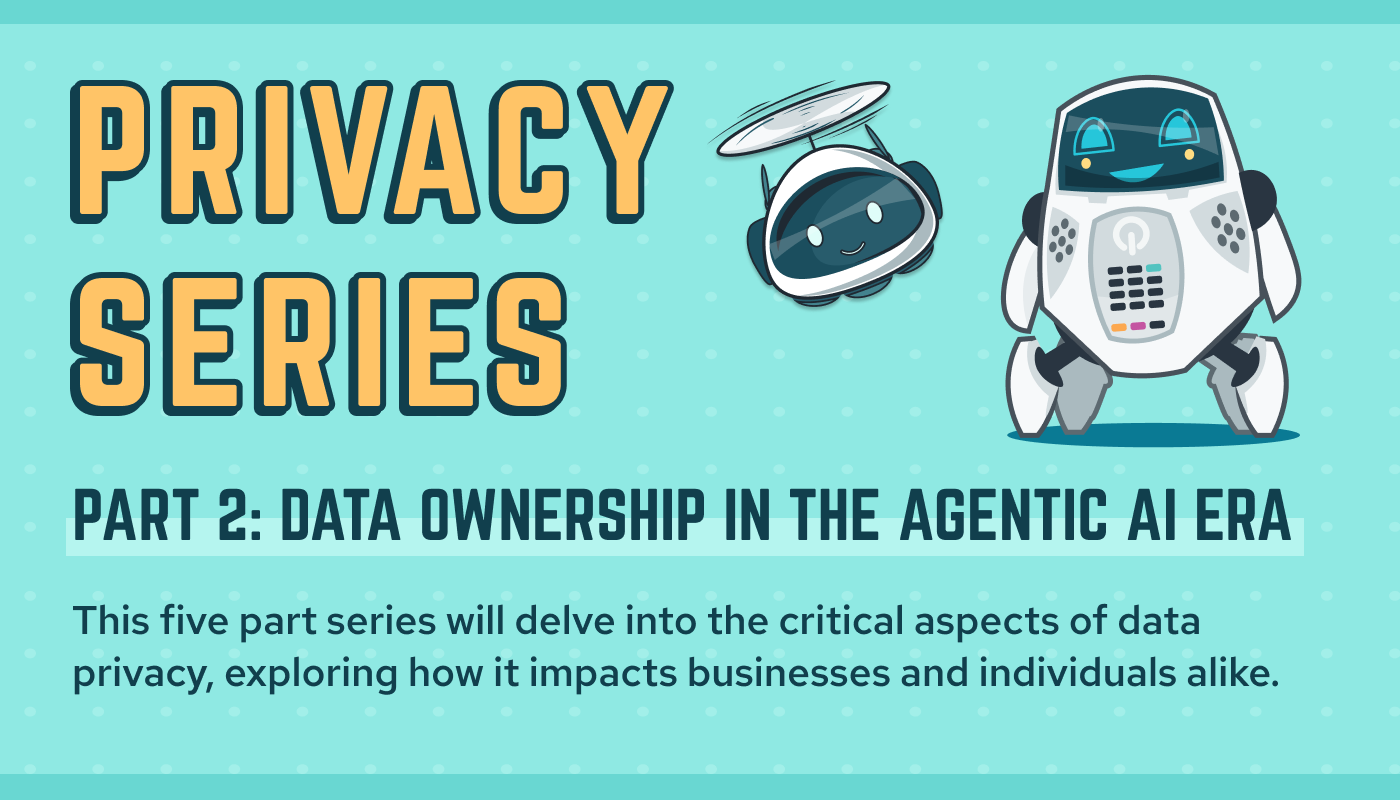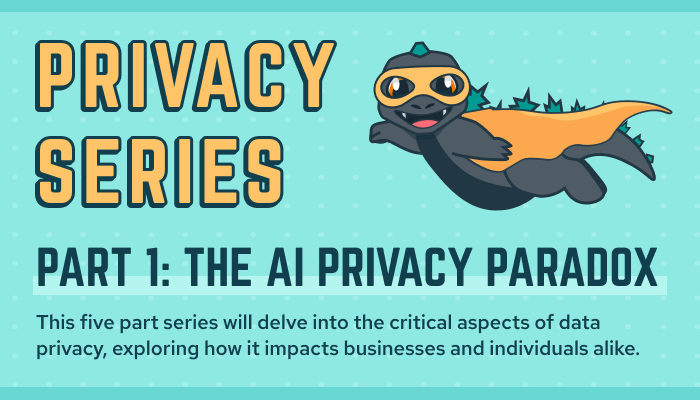Data lakes and warehouses have long been the go-to methods for managing enterprise data, offering organizations a structured, centralized approach to collecting, storing, and analyzing information. Organizations use these data assets to feed predictive models; however, most use cases focus on historical analysis with limited predictability.
But as we step further into the AI era, the data landscape is shifting. And while this shift is relatively new, organizations are already experiencing AI fatigue. Why? Yes, AI is producing tremendous productivity gains across all industries. However, this has yet to scratch the surface of what can be accomplished with AI implemented effectively. The possibilities are truly mind-blowing. So, what’s standing in the way of this AI sea change? AI-ready data. Static data stored in databases is no longer enough. Game-changing AI requires high-quality data in living, breathing data ecosystems that power real-time insights, innovation, engagement — and trust.
Welcome to the next wave of data management.
From Controlled Collections to Connected Ecosystems
For years, the strategy behind data management was simple: centralize everything. This started with centralized on-premise databases built with very rigid data structures. Next came big data engines that provided alternative data structures to create on-premise data lakes and data warehouses better suited for deep analyses. Data lakes or warehouses supplied a way to collect data from different sources into a unified repository where it could be cleansed, processed, and analyzed. As these on-premise systems become increasingly unwieldy to manage and exponentially more expensive, we moved everything to the cloud. However, cloud solutions still haven’t addressed the need for emergent dynamic environment creation. This controlled, “one-stop-shop” approach revealed its limitations as the data landscape evolved. While data lakes are effective for aggregating information, they struggle to keep up with today’s AI-driven world’s dynamic, distributed, and real-time needs.
Organizations are shifting away from the rigid structure of current approaches and moving toward data ecosystems. These ecosystems are less about control and more about connection—linking different data sources, enabling interoperability, and creating a network where data flows freely between systems. The goal isn’t just to store data but to empower it, turning fragmented information into an interconnected asset greater than the sum of its parts. All while maintaining an overarching governance model that ensures regulatory compliance and data security.
Success in this AI era requires centralized governance with distributed access and control.
In reality, an organization cannot own and control all the data it needs to compete in today’s market. Instead, successful organizations realize it’s about connections and flows rather than control.
The Rise of Data Flows
Data ecosystems thrive on data flows—real-time movement and data sharing between various stakeholders, systems, and environments. This includes disparate business units within the enterprise, partners, employees, and customers. Rather than treating data as something that gets collected, stored, and analyzed only in retrospect, data flows allow organizations to leverage insights as they happen and drive personalized engagement models instantaneously. This shift towards flow-based data architectures is helping businesses become more agile and responsive to rapidly changing market conditions.
Imagine data moving fluidly across an entire organization, from sales and marketing to product development and customer support—constantly enriched, updated, and transformed along the way. Instead of viewing data as a static asset in a warehouse, we now see it as an active participant in value creation.
In this model, data isn’t just stored for later use; it’s continuously powering business processes, AI models, and personalized customer experiences.
It is powering collective intelligence – AI and people working together.
WHAT POWERS THIS SHIFT?
Several factors drive this shift from controlled collections to dynamic ecosystems and data flows:
The Benefits of Data Ecosystems
Transitioning from controlled data lakes to data ecosystems offers a host of benefits:
The Future is Flowing
As organizations evolve, the way we think about data must also evolve. Data lakes and warehouses have come a long way, providing a foundation for centralized analytics. Static storage solutions are no longer enough. The world is shifting to increasingly rely on AI, automation, real-time decision-making, and dynamic personalized interactions.
The future is about data ecosystems—networks of connected data assets—and data flows—the continuous movement and transformation of data to drive innovation, engagement, and growth.
At BurstIQ, we’re at the forefront of this shift, leveraging LifeGraph to build data ecosystems that not only store data but empower it, transforming it into a dynamic asset that moves seamlessly across environments.
The AI era isn’t just about how much data you have—it’s about how you use it, how you connect it, and how you make it work for you.
ABOUT BURSTIQ
LifeGraph® by BurstIQ transforms organizational data through advanced data management, privacy-enhancing technology, and knowledge graphs, creating a single, secure source of truth that eliminates silos and reveals hidden connections. This powerful platform facilitates easier analysis, insightful collaboration, and innovative decision-making while modernizing legacy data repositories. Additionally, LifeGraph enhances AI readiness by integrating machine intelligence with human insights, enabling organizations to develop hyper-personalized solutions and continuously train AI systems for adaptability. This synergy not only drives value but also empowers organizations to leverage their data as a strategic asset for sustained innovation and growth.
